India, renowned for its rich cultural and religious diversity, is home to over a billion people and numerous architectural marvels. Among these is an iron pillar located in New Delhi's Mehrauli district in the courtyard of the Quwwat-ul-Islam Mosque, part of the famous Qutub Minar complex. This 7.2-meter, six-ton iron pillar has remained remarkably pristine despite being exposed to the elements for over 1600 years.
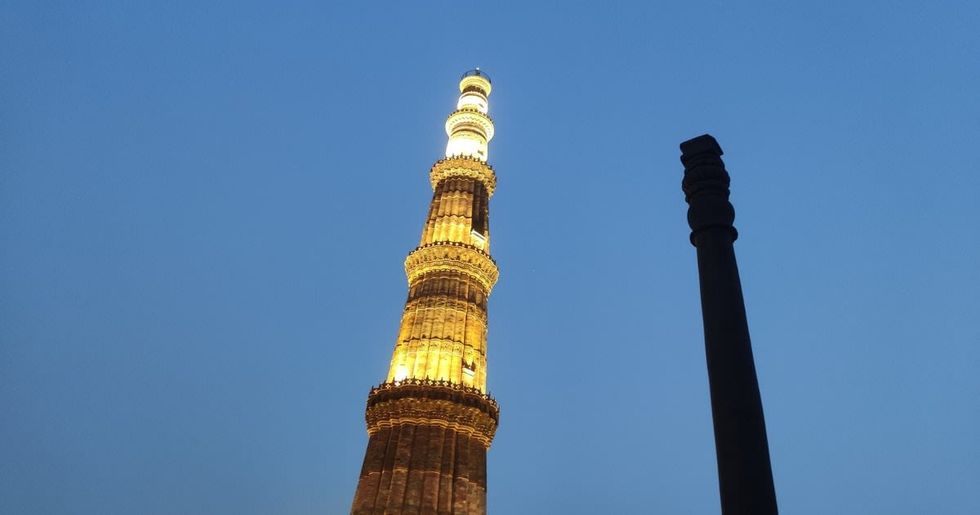
The iron pillar is both an architectural and scientific marvel, remaining in impeccable condition despite centuries of exposure to elements that typically cause metal corrosion. This has intrigued scientists, as reported by CNN, and the pillar's rich history continues to draw tourists from around the globe.
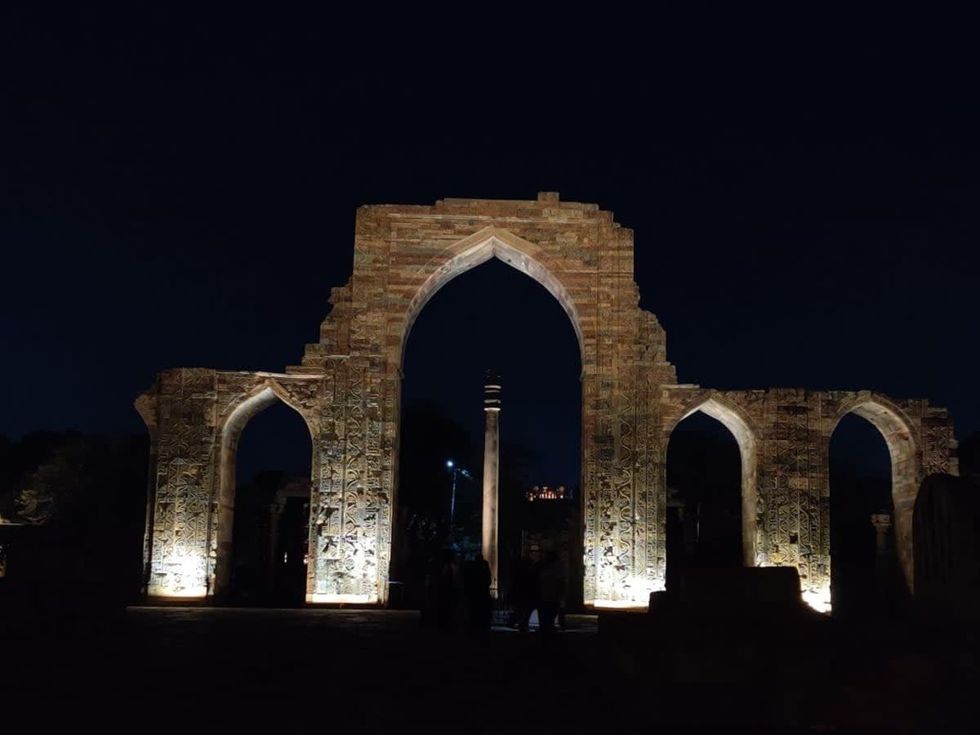
Iron and iron alloy structures typically oxidize when exposed to air or moisture, often rusting without proper care. While structures like the Eiffel Tower remain protected by special paint, the iron pillar in Delhi has no such coating. This raises the question: how has it remained rust-free for over 1600 years? This mystery has prompted scientists worldwide to investigate.
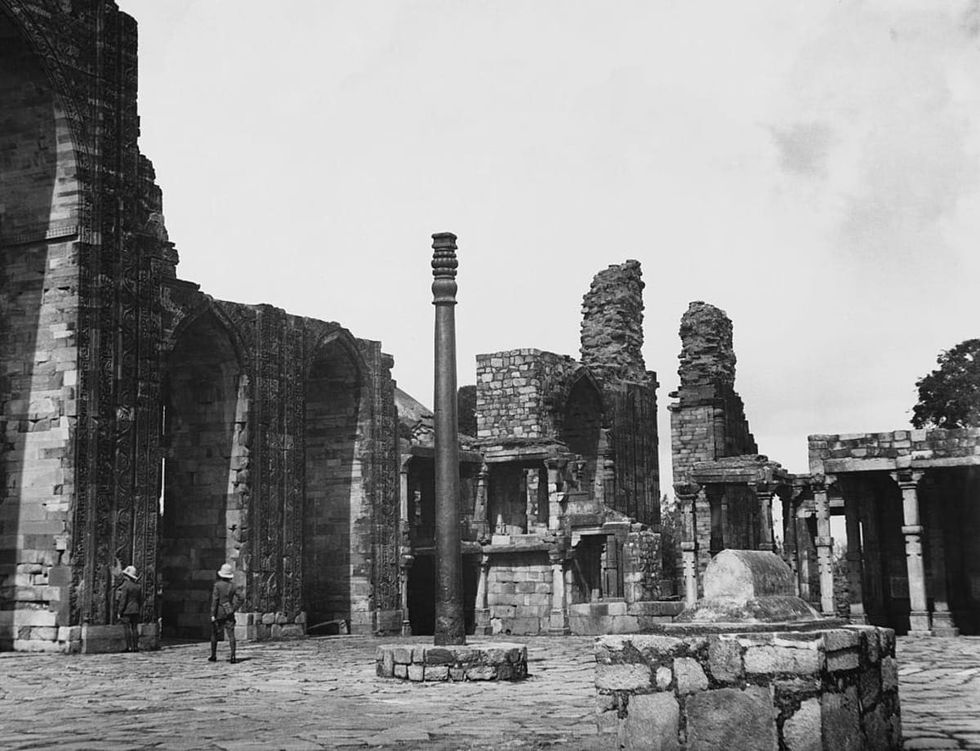
Research began in 1912, and nearly a century later, experts at the Indian Institute of Technology (IIT) uncovered the mystery. They found the pillar is made of wrought iron with a high phosphorus content (about 1%) and lacks sulfur and magnesium, elements common in modern iron.
Ancient craftsmen used a technique called "forge-welding," where they heated and hammered the iron, preserving its high phosphorus content. This technique ultimately prevented the pillar from rusting.
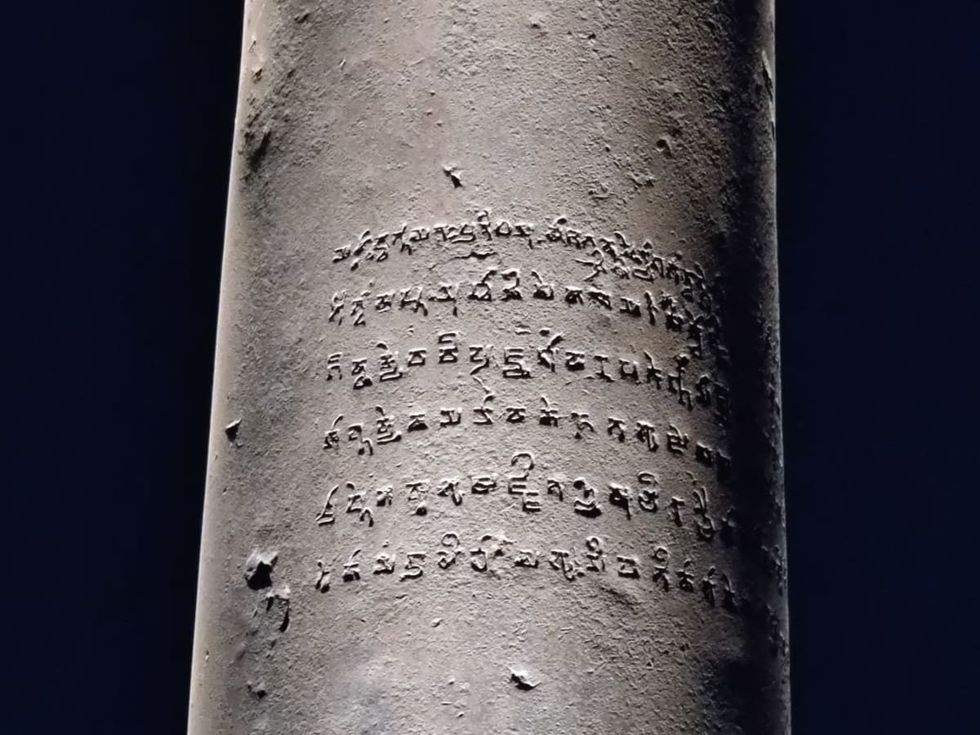
Archeometallurgist R. Balasubramaniam, who headed the study, said that this unconventional approach played a huge role in its preservation and durability. The report found a unique substance named “misawite,” a compound of iron, oxygen, and hydrogen.
The iron pillar has received recognition as it has been adjudged as the emblem of scientific organizations like the National Metallurgical Laboratory and the Indian Institute of Metals. Recently, the ASI (Archaeological Survey of India) has put a fence around the pillar to minimize human impact and has done everything in its power to preserve this ancient pillar.





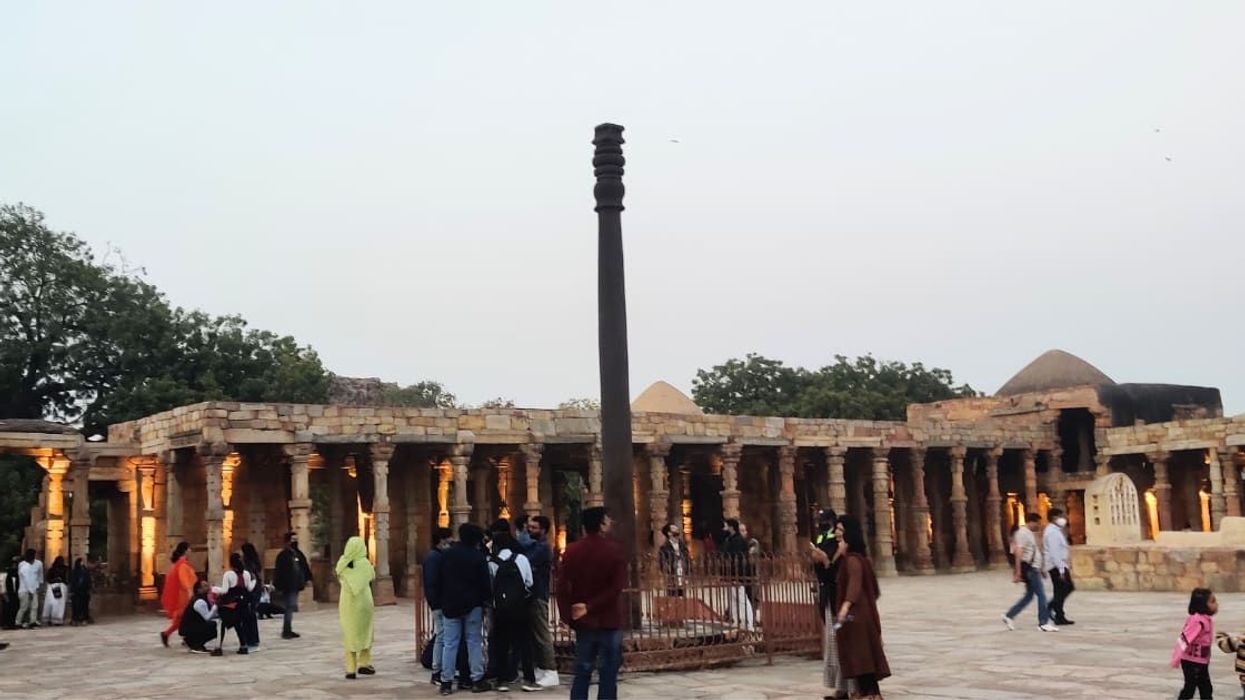











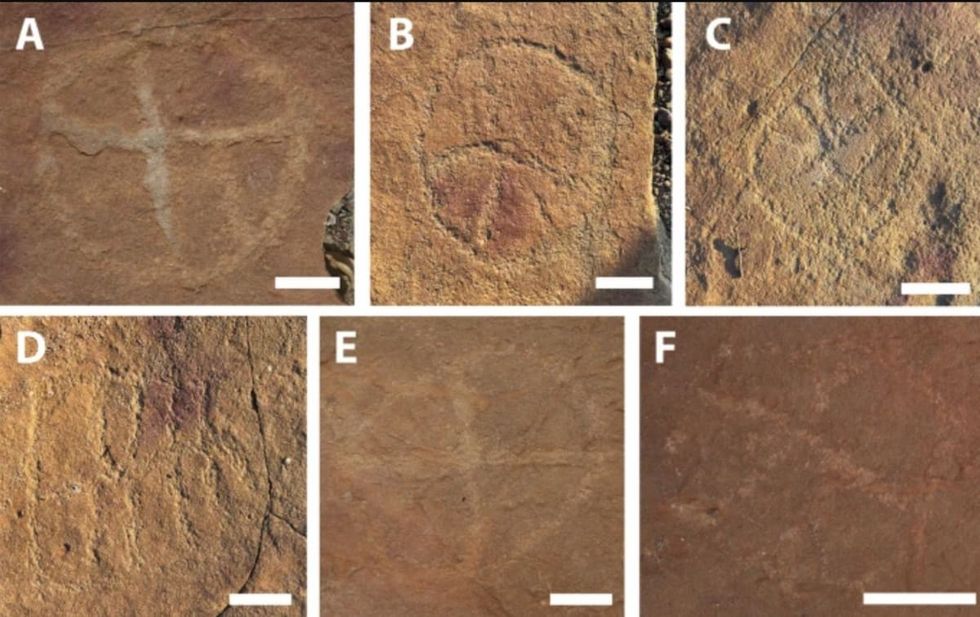 Image frmo Scientific Reports of ancient artwork. Image Source:
Image frmo Scientific Reports of ancient artwork. Image Source: 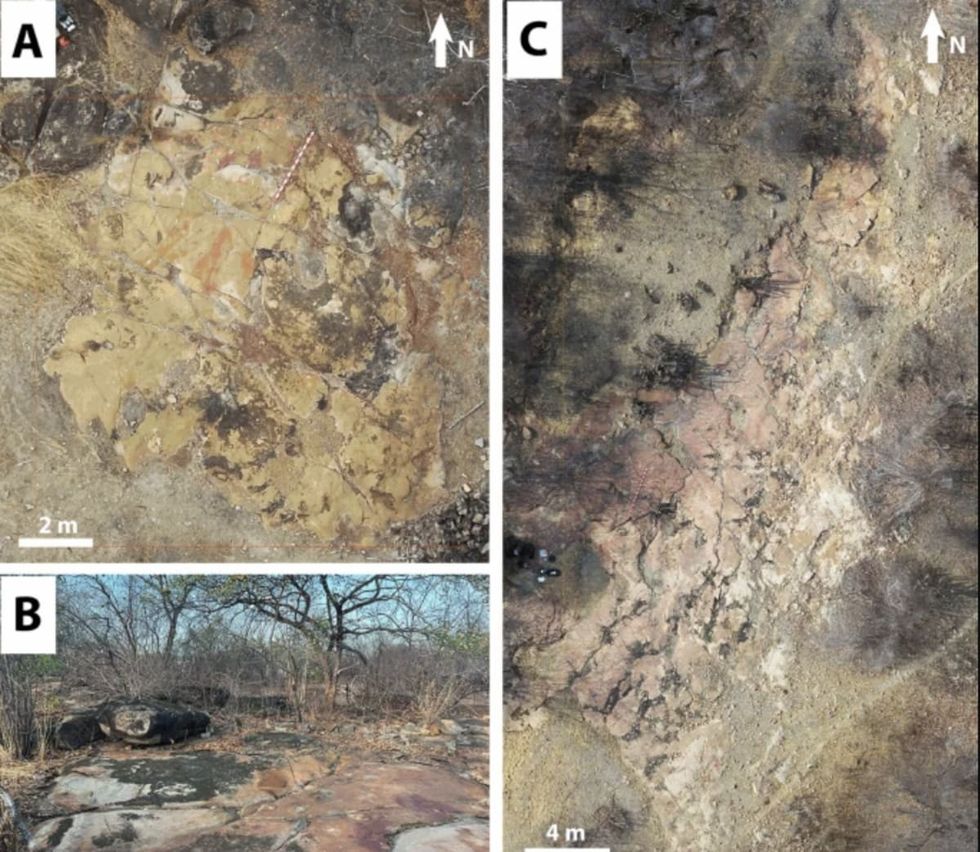 Image frmo Scientific Reports of ancient artwork.Image Source:
Image frmo Scientific Reports of ancient artwork.Image Source: 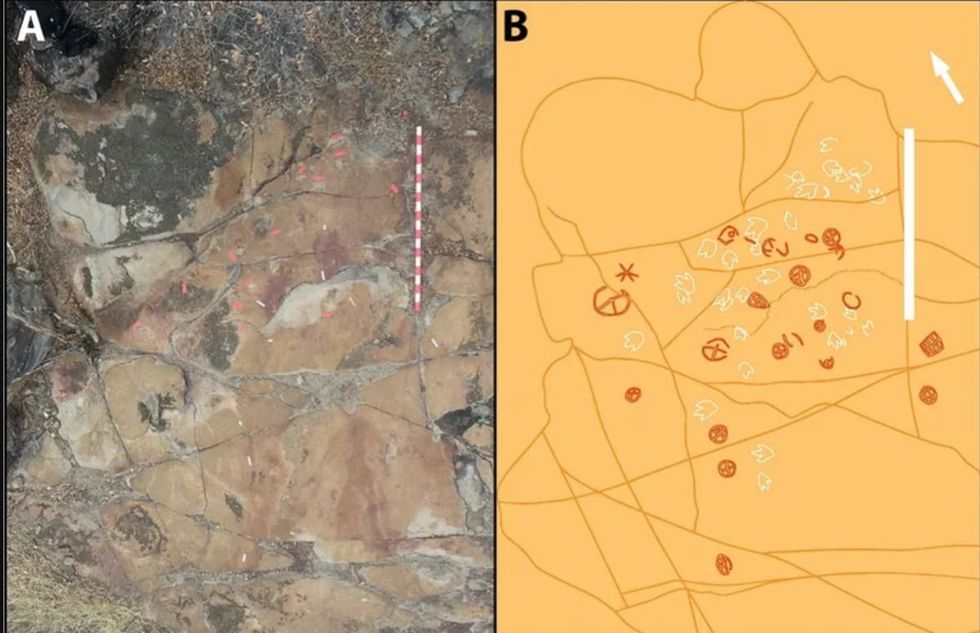 Image frmo Scientific Reports of ancient artwork.Image Source:
Image frmo Scientific Reports of ancient artwork.Image Source: 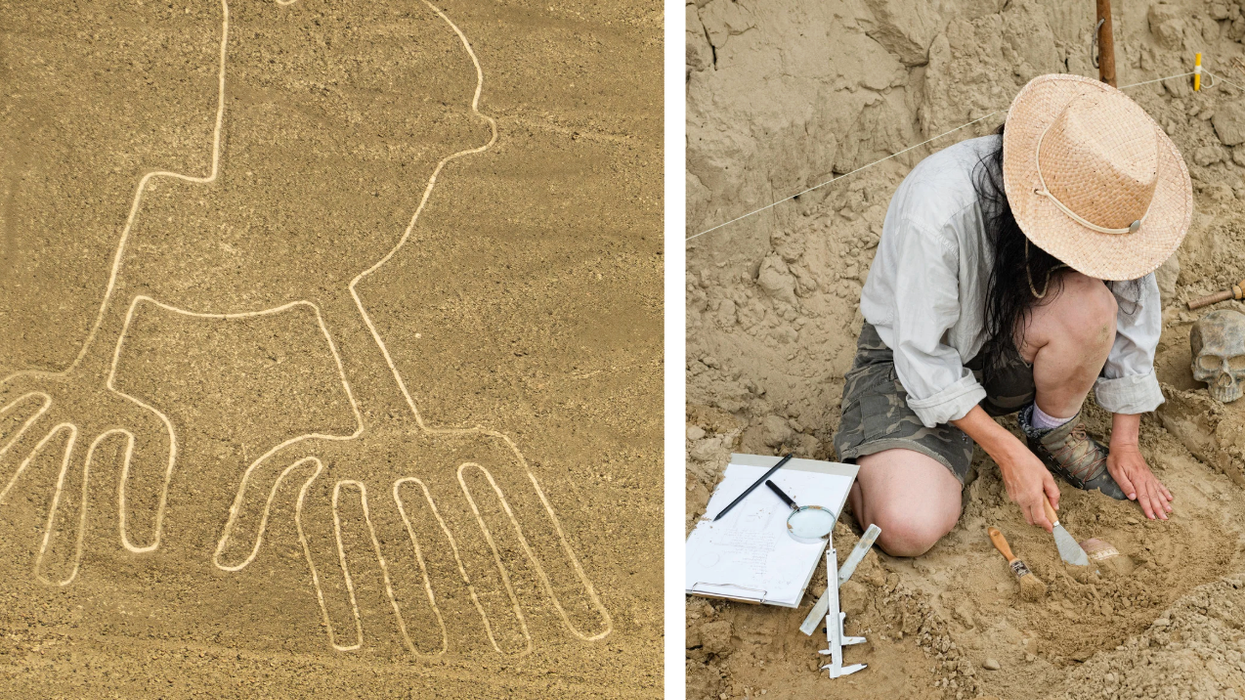

 It's difficult to imagine seeing a color and not having the word for it. Canva
It's difficult to imagine seeing a color and not having the word for it. Canva
 Sergei Krikalev in space.
Sergei Krikalev in space. 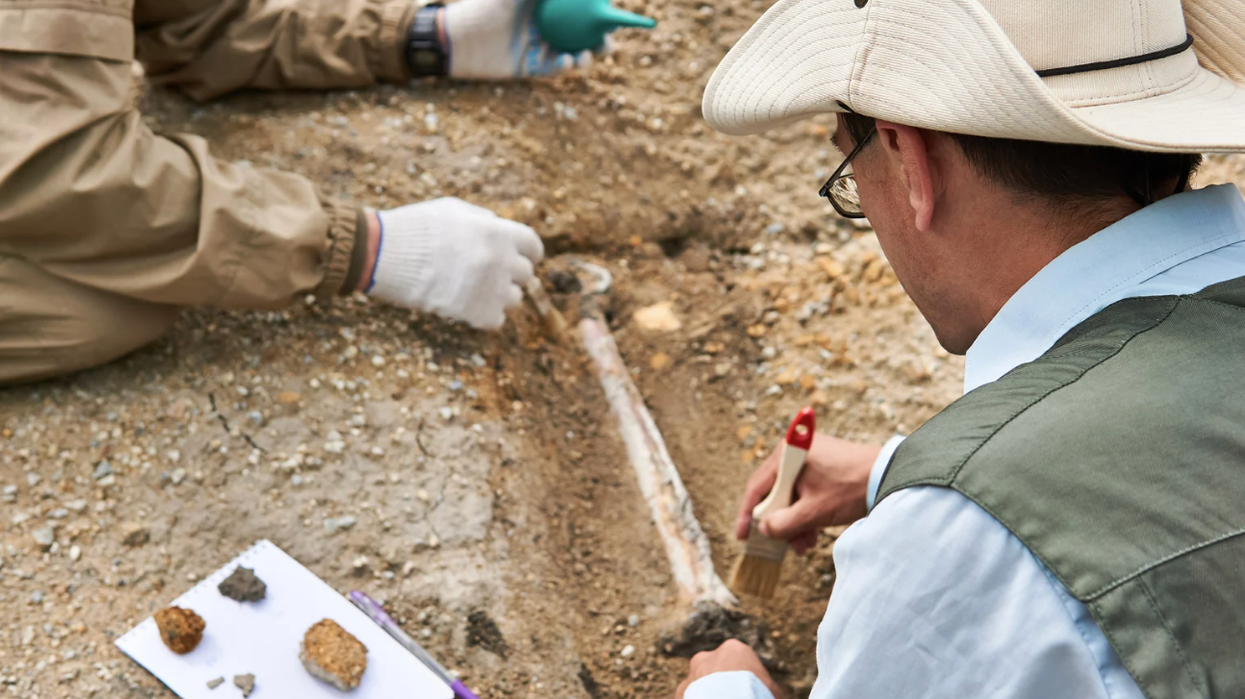


 The team also crafted their canoe using ancient methods and Stone Age-style tools. National Museum of Nature and Science, Tokyo
The team also crafted their canoe using ancient methods and Stone Age-style tools. National Museum of Nature and Science, Tokyo The cedar dugout canoe crafted by the scientist team. National Museum of Nature and Science, Tokyo
The cedar dugout canoe crafted by the scientist team. National Museum of Nature and Science, Tokyo